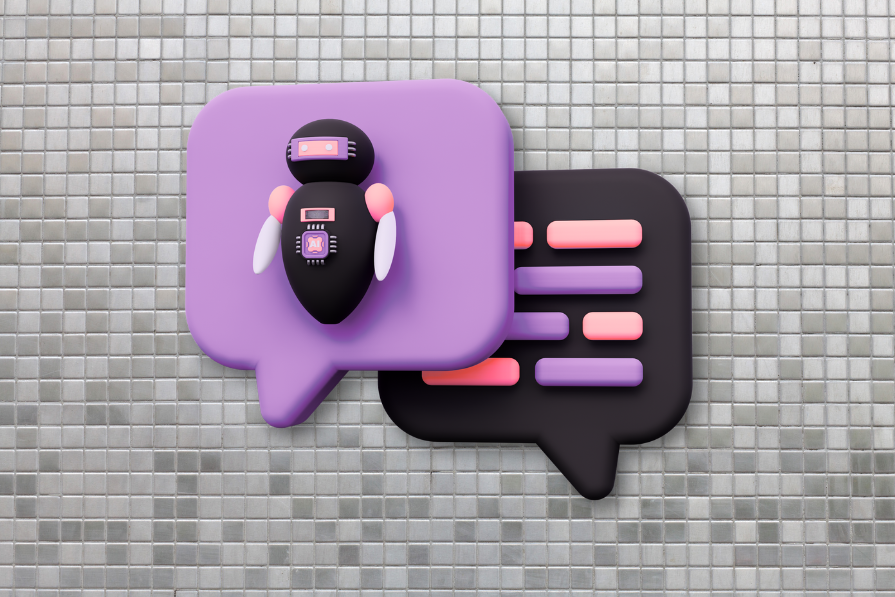Logrocket
2w
78

Image Credit: Logrocket
I asked ChatGPT to help me design — here’s what worked
- Understanding the language of AI in design can set designers ahead by leveraging AI prompts effectively.
- Crafting quality AI prompts improves workflow in tasks like generating briefs, choosing color palettes, and creating wireframes.
- The AI prompt clarity framework involves defining role, context, task, and tone to structure prompts effectively.
- By structuring prompts intentionally, designers can obtain high-quality output tailored to their specific needs.
- Examples include crafting UX design briefs, writing microcopy, generating color palettes, and structuring websites.
- Clarity and specificity in prompts are crucial to receive relevant and useful AI-generated content.
- Defining audience, setting tone, providing context, offering examples, and refining feedback loops are best practices for writing AI prompts.
- ChatGPT is favored for design prompts, although other tools like Claude, Gemini, Jasper AI, and Notion AI serve different functions.
- AI tools empower designers and the framework shared (Role, Context, Task, Tone) ensures consistent and useful results.
- Overall, AI enhances design processes when designers understand how to effectively communicate with AI tools.
Read Full Article
4 Likes
For uninterrupted reading, download the app